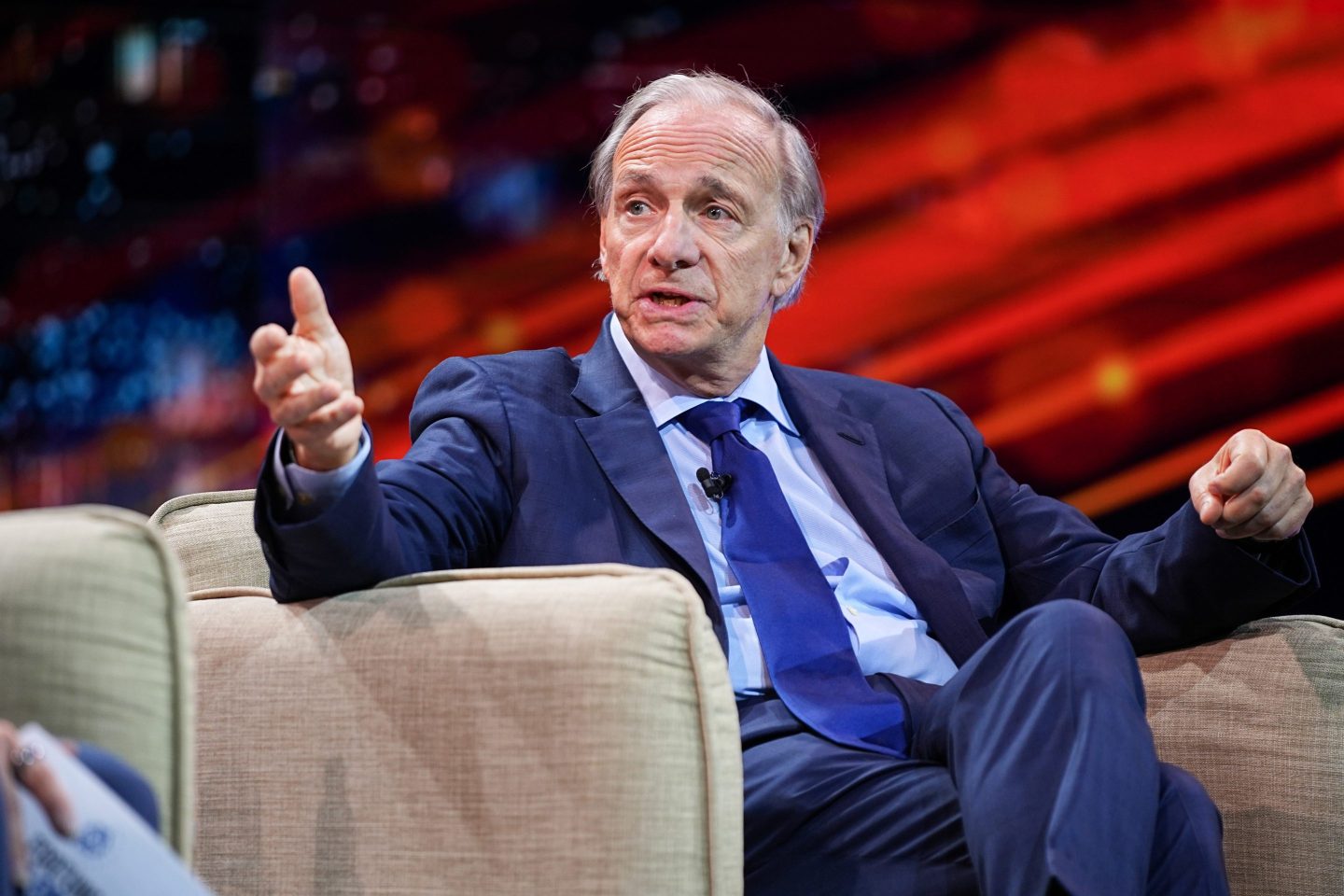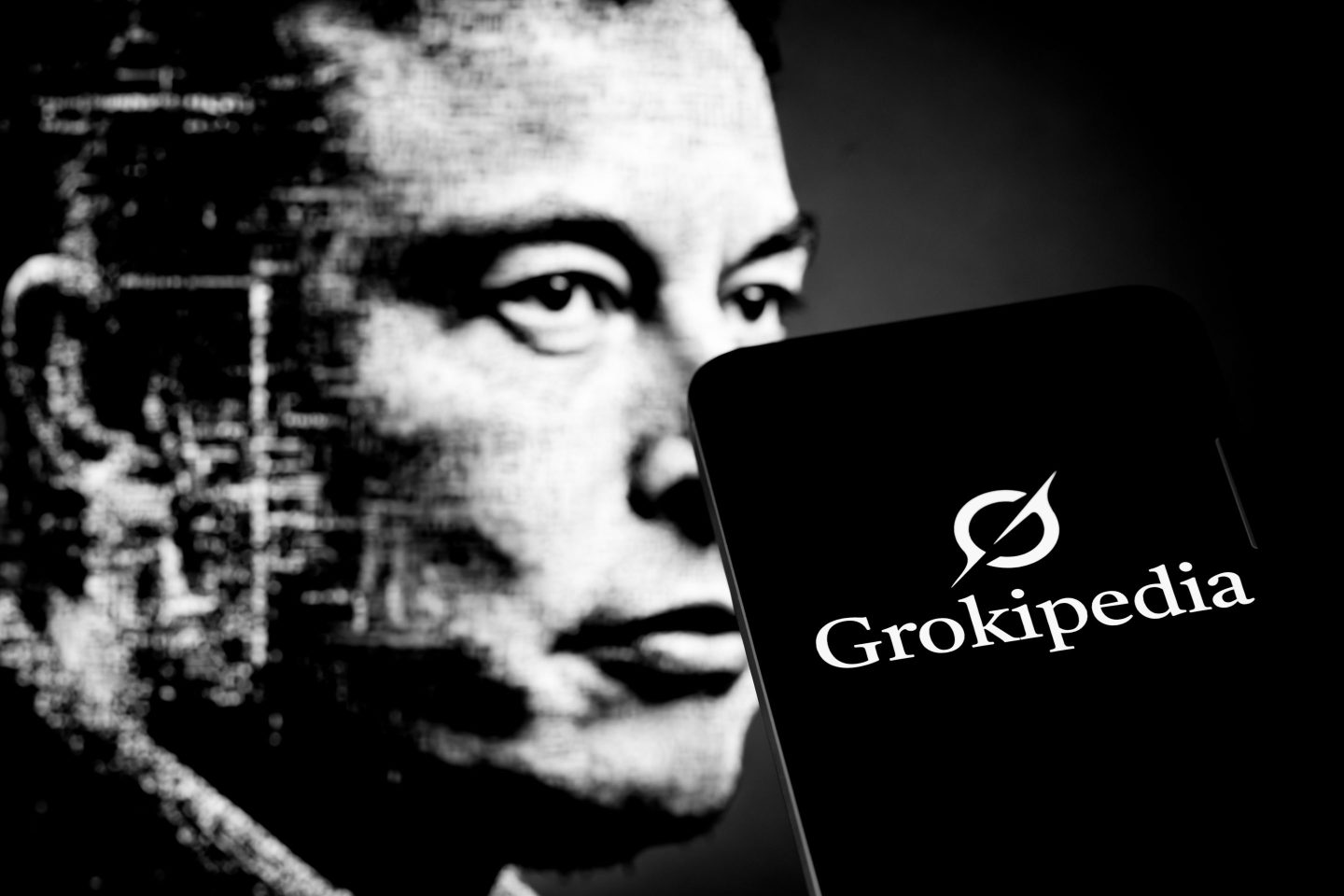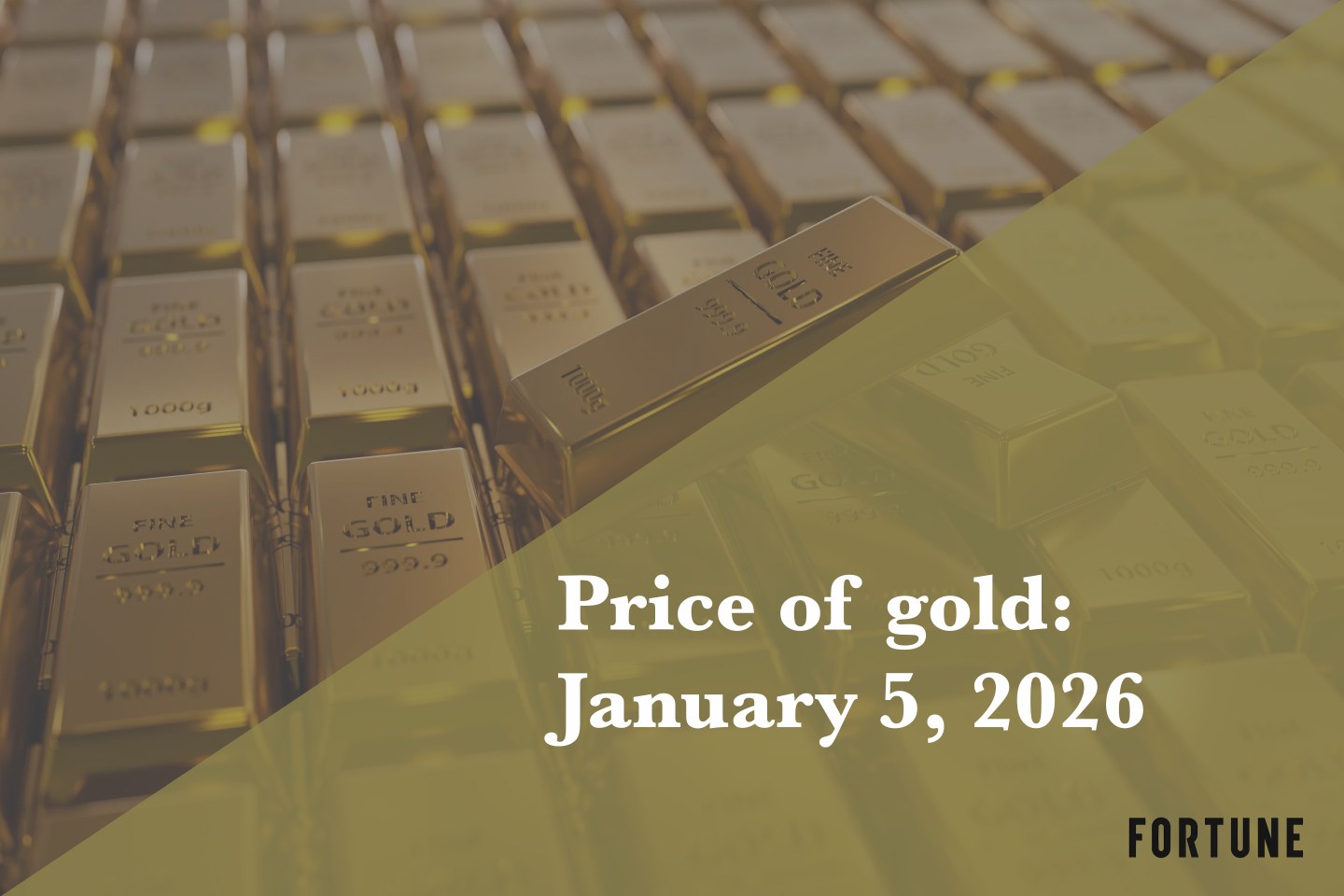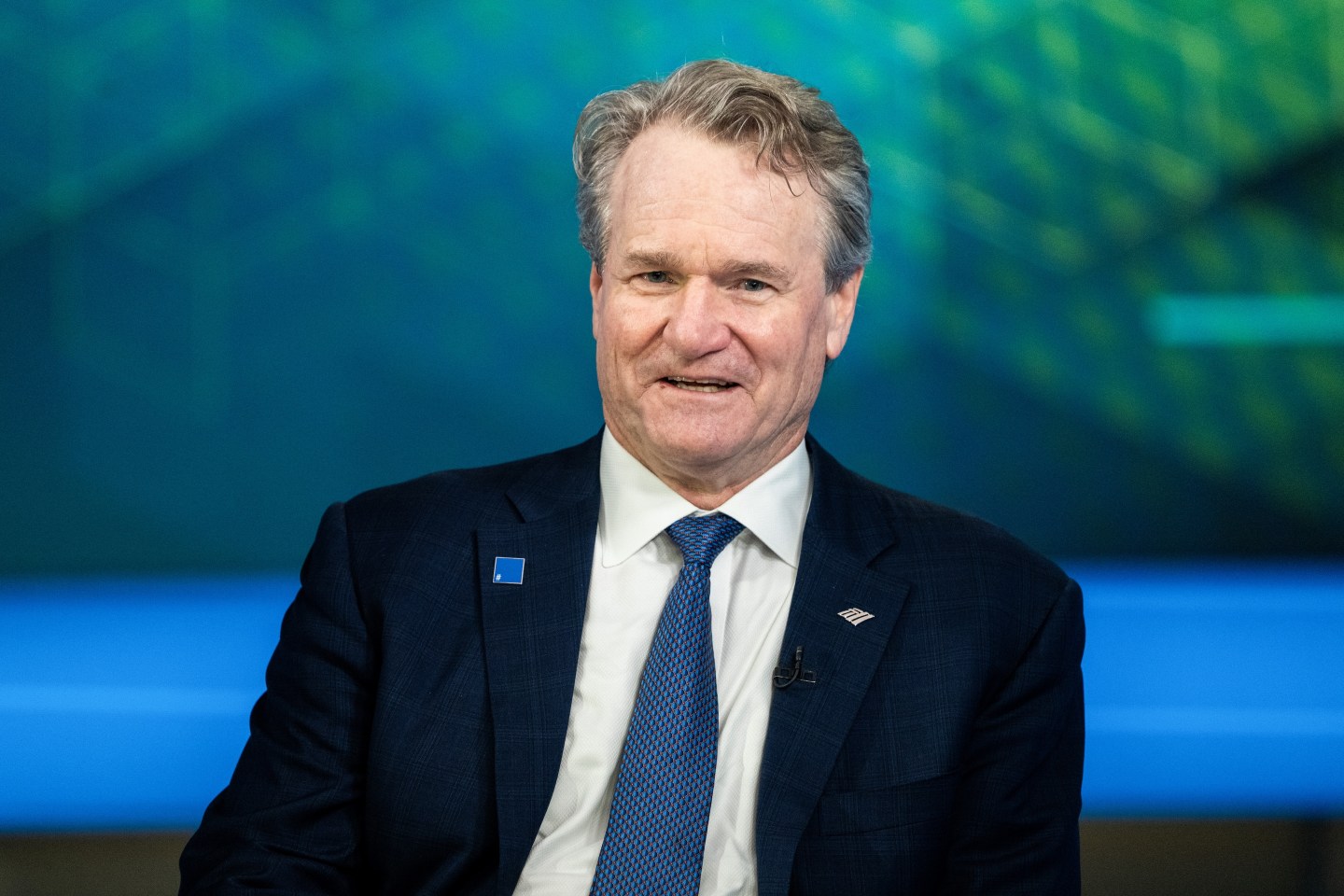When Tesla unveiled its results for its third quarter, analysts and the financial press mostly focused on how far the numbers fell short of the already negative forecasts. The pre-Halloween report indeed uncorked one of the year’s most ghoulish surprises, given that few enterprises in the annals of financial markets have inspired the kind of unbridled optimism with which Wall Street has showered the EV giant.
Tesla posted its lowest quarterly earnings per share in two years at 66 cents, a figure that lagged consensus estimates by 10%. The stunningly bad numbers spooked investors. On October 17, just before the earnings announcement and call that evening, Tesla’s shares closed at $254. By 10:45 AM on October 20, the stock was hovering around $211, for a drop of over 17%. The fall shrank Tesla’s market capitalization of from $808 to $670 billion, a staggering pullback of $138 billion in just over two trading days.
Musk’s net worth took a giant hit. Before the sell-off started, the Musk held $176 billion in Tesla shares and net value of vested, exercisable options, assuming his holdings haven’t changed since the 2023 proxy reported the figures for March 31. As of October 20, his more than 20% stake is worth around $146 billion.
So far, the bad news has cost the celebrity CEO—who’s purportedly the world’s richest man—some $30 billion. That’s more than the caps for Martin Marietta, Delta and Illumina, and two-thirds quarters that of Ford.
On the earnings call, Elon Musk’s various dour comments seemed tailored to chill hopes that Tesla’s fortunes would soar any time soon. The CEO warned that the Cybertruck, Tesla’s newest model, will “face enormous problems reaching volume production at a price people can afford,” adding that “We dug our own grave with the Cybertruck.” Because the interest rates that buyers are now paying to finance their Model 3s and Model Ys jumped so fast, he added, he’ll need to keep slashing prices to keep monthly payments down so that his vehicles are affordable for the masses. That pledge suggests that Tesla’s once ultra-high margins will keep shrinking. He implied that Tesla’s heretofore sorcerous expansion is now bumping against the law of large numbers, stating, “It’s not possible to have a 50% compound growth rate forever.”
Musk even dialed down his usual happy talk on robo-taxis. During previous calls, Musk stressed that Tesla will soon provide Full Self Driving software to millions of existing owners who can then rent out their cars for dozens of hours a day as the equivalent of personal Ubers, generating extra income that will make the vehicles worth five times what his customers paid for them. This time, he uncharacteristically provided no timetable for when the robo-taxi technology will become available, and even cautioned that FSD “isn’t ready for prime time.”
For Tesla investors, that admission is a major downer. The view that Tesla is special, that it can sport a market cap in the high hundreds of billions—or even trillions—depends on Musk’s ability to transform the carmaker into a super lucrative tech sprinter. On the call, he reprised the the vow that once Tesla orchestrates the robotaxi revolution, “then we’ll have a hardware company with software margins.”
The numbers, though.
Tesla’s numbers have more in common with slogging automotive peers than tech’s shooting stars
Tesla’s new numbers, and Musk’s new “squelch the optimism” narrative, suggest that Tesla isn’t so special at all, and should in fact be grouped alongside its metal-bending rivals. By loading never-before-seen innovations into a metal frame, Musk has long promised to achieve the profitability not of a heavy manufacturer, but of an Apple or Oracle. Although Musk has scored a fantastic coup by becoming the rare producer to earn good money on EVs, the evidence of the last few days shows that Tesla is chiefly a carmaker. And its future will most likely track that of its relatively low-margin competitors.
The best evidence: Tesla is now only modestly profitable, and getting less so. That’s the conclusion from analyzing how much free cash flow it’s generating from its ever-growing asset base required to make more Teslas: plants, machinery, inventories, and sundry other balance-sheet staples. Cash flow what’s left over after paying all expenses, not accrued but paid currently, required to produce the product, then subtracting the capital expenditures necessary to both keep the plants fully updated and invest for future expansion. Put simply, free cash flow over time is what goes into the pockets of investors, either in dividends, buybacks, or the fuel for stock appreciation. And the more gobs of FCF a company can generate from adding dollops of capital, the more it will enrich its shareholders.
Tesla’s got a problem here, in that the “cash flow from operations” it generates from revenues less expenses keeps dropping, and its capex keeps rapidly rising. The upshot is that Tesla clinches less and less free cash flow while adding more and more factories and other assets. (For this analysis, I’ve adjusted FCF by subtracting the after-tax contribution of the sales of regulatory credits, a non-operating category that Musk acknowledges will decline from here and not prove a major contributor in the future.)
In 2021, Tesla registered average FCF per quarter of $1.22 billion, at an annualized rate of $4.88 billion, on assets of $57 billion, which yields a “cash” return on assets of 8.5%. The next year, FCF jumped to $1.35 billion per quarter, or $5.4 billion a year, but assets rose sharply to $73 billion, lowering our ROA slightly to 7.3%.
The situation deteriorated in 2023. Through the first three quarters, Tesla has averaged FCF of just $358 million a quarter, or $1.4 billion annualized. But its assets in just nine months have soared by 25% to $91 billion, creating a lose-lose combination that lowered its ROA to a paltry 1.5%. A big reason is the sharp upswing in capex from an annual run rate of $5.3 billion in 2022 to almost $9 billion this year.
How do those numbers compare to the tech superstars whose profitability Musk promises to reach, or at least approach? For Apple, Microsoft, and Oracle, respectively, ROA over the past four quarters was 28%, 15%, and 17%, all multiples of Tesla’s performance.
On the other hand, Ford posted a free-cash-flow-to-assets ratio of 2.0%, and Volkswagen did 2.6%, both right in Tesla’s neighborhood. Even Musk doesn’t seem to totally disagree that Tesla’s looking more and more like his peers, given his newfound “the world is tough” rhetoric on the call. Tesla could well continue on as a highly successful car company, but it’s becoming increasingly clear that being a champ in a rough, brutally competitive sphere of heavy manufacturing may be the best that the Tesla believers can hope for.
[This article has been updated with the market sell-off in response to Tesla’s earnings report, and the hit to CEO Elon Musk’s net worth.]













